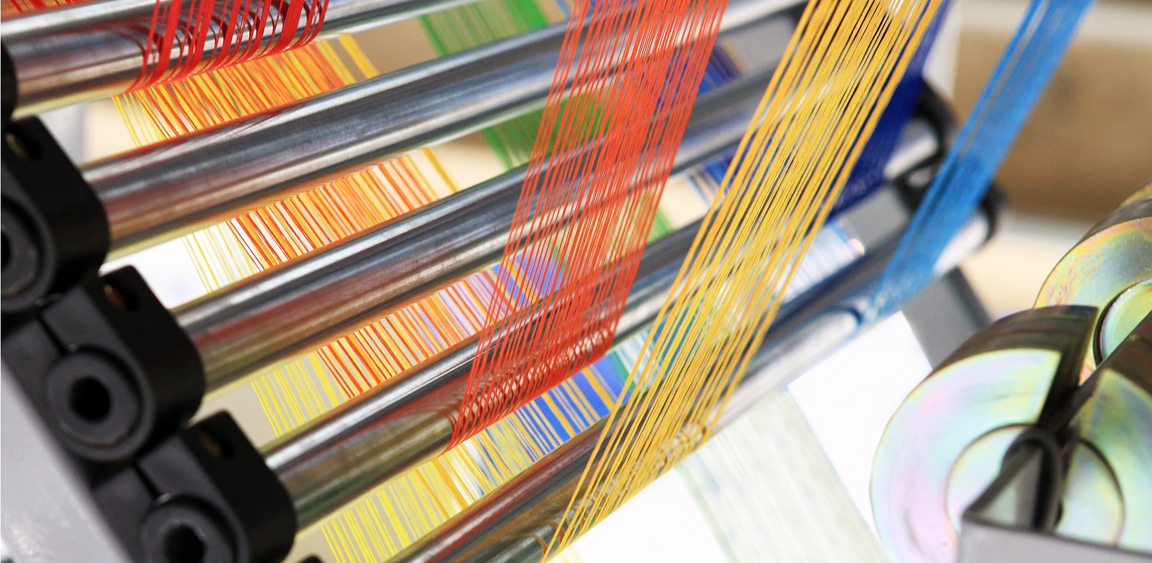Creative challenge: materials change colors, patterns, shape
Designers need to free and liberate their imagination to deal with color, motif and space of future materials.
-
 ".. the future of textile designers requires fresh approaches and new materials."
".. the future of textile designers requires fresh approaches and new materials." -
-
On the horizon, and some already near production, materials that change colors, patterns, motifs and perhaps even forms - cloth, wallpaper, plastic and more - will challenge the creative flexibility of designers far into the future. The field of study entails what's being called "Smart Textiles."
-
Wallpaper, cell phones, clothes, fashion accessories ought to be first onto the market, but cars and trucks and especially any place that can carry advertising messages will certainly be following closely in succession. At the University College of Borås, Sweden, in a new research area at the forefront of studying smart textiles, Linda Worbin is working on things like a bag that changes patterns to match a cell phone, a carpet that reacts when footsteps cross over it and a screen that can sense heat or cold.
-
In her dissertation, "Designing Dynamic Textile Patterns," she imagines the future of smart textiles. While she has developed new products, she emphasizes the importance for developing tools for new approaches in the design process. "A traditional textile designer works with limited materials where patterns of images are indelible. The new materials react to their environment, so you need to think differently about color, light and structural changes. The main concept is to get into thinking about time and space in a new way," she explains.
-
Worbin describes that fabrics will be able to feel information or directly respond and provide feedback on characteristics such as heat, light, sound or movement. "Patterns change in time and space, and see no restrictions, but have an open mind. At a certain time one can design the image to appear in one certain way, other times in another way," she envisions.
-
"Rethinking the design process opens new opportunities for textile designers," declares Worbin, and adds that the future of textile designers requires fresh approaches and new materials. "Together with the companies, textile designers can develop completely new products," she foresees.
-
Resource: Borås Textile College / www.hb.se
-
-
